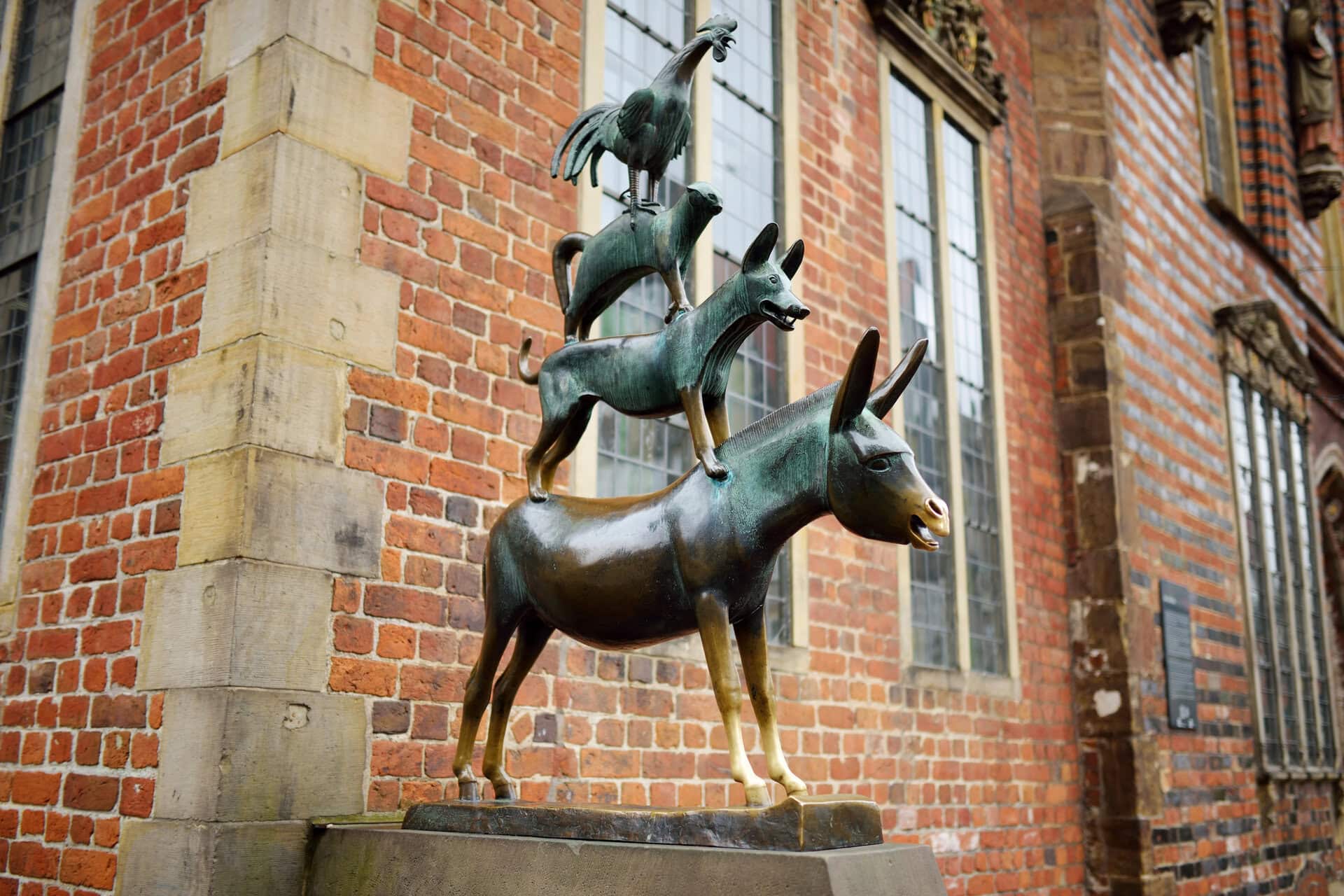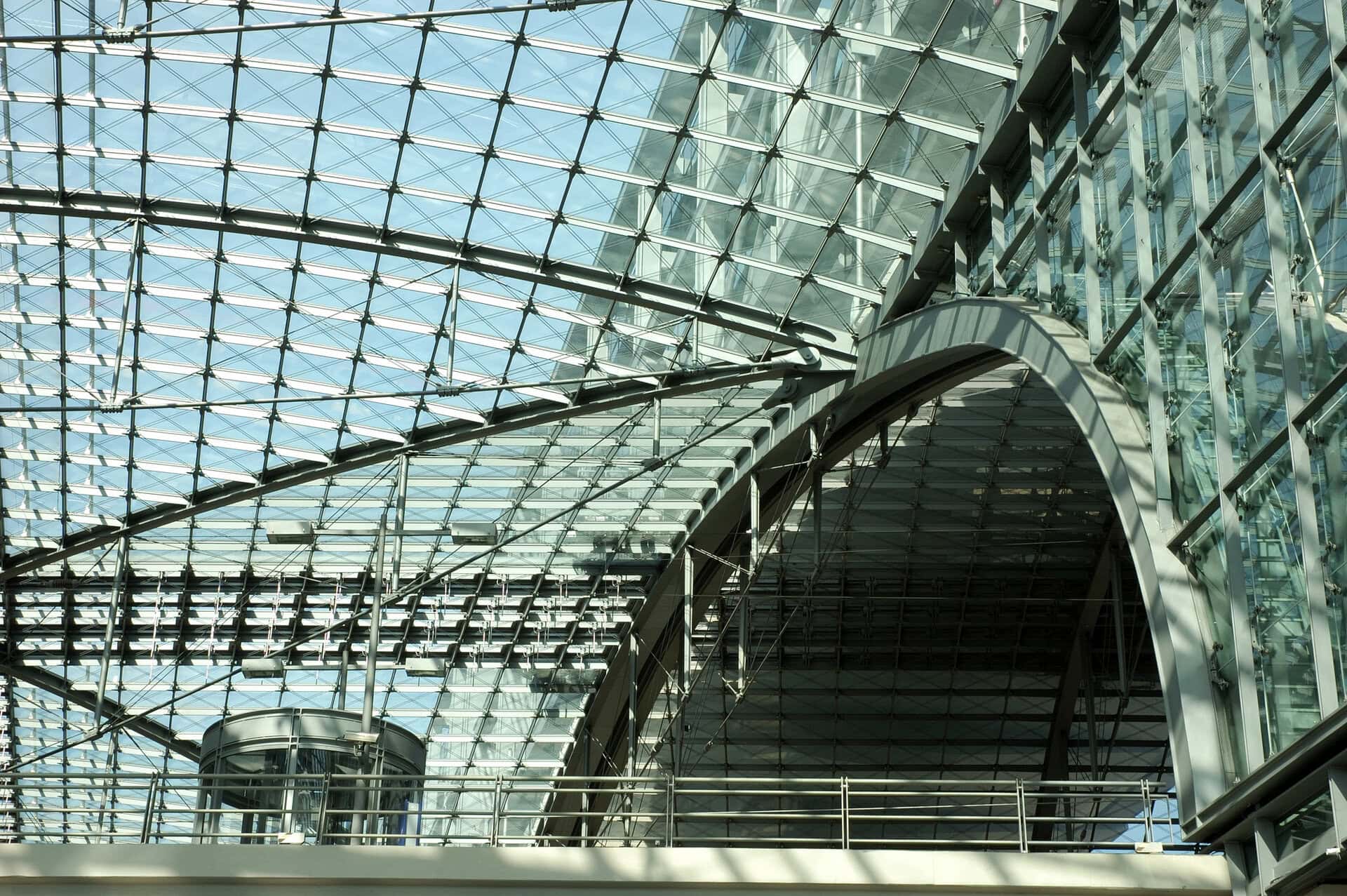My first trip to Europe was the summer between 8th and 9th grade. My parents and I spent three weeks in England. My dad was an engineer at GM and was working in Coventry, just south of Birmingham. This city is known for Lady Godiva (of naked equestrian fame.) My mom and I explored the area on our own while he was at work. After about a week, we road-tripped through the rest of England and up through Scotland. We made a lot of mistakes, including almost getting hit by a car because we looked the wrong way and being stranded on a bus because we didn’t have the right fare to get back, but ultimately had a GREAT time, with many adventures along the way.
My next trip was on my own and was a completely different experience. I was studying in Freiburg, Germany for 8 months and it was my first trip to continental Europe. I made a million mistakes, but learned a ton. I look back at my younger self and laugh at all the silly things I did. That trip has given me a lifetime of stories! Here I am in Bremen (with the Stadtmusikanten) when I was 20.

There are a few things that make European travel easier and more efficient. They will help you to enjoy the experience more while not sticking out like a tourist too much. The goal is to be a traveler, not a tourist. A lot of these tips are common sense, but are easily forgotten when in a new place.
Tip #1 – Be realistic with your time. You will have a much better vacation if you don’t try to get to a new city every day. The longer you spend in each place, the more you get to know it. For a 7-10 day trip, I recommend visiting three cities AT MOST! Although Europe is smaller than the US, it is packed with things to see and do, Don’t try to do it all in one trip.
This summer my family and I are traveling to Italy. We are constantly tempted by every article and TV show to see every corner of the country (and eat every amazing, regional dish), but we have limited ourselves to Rome, Cortona (Tuscany) and Florence for our 21 day trip. By using these places as hubs and taking our time to immerse ourselves, we will surely have a more meaningful (and less stressful) adventure.
Tip #2 – To save time, use the trains. Unlike flying, in most cases you can arrive just before your train’s departure time and unlike a long ride from the airport in the suburbs, it might be just a short walk or a metro ride to get to your hotel from the Central Train Station. Even if you take a taxi, your commute will be quicker. Rail passes for individual countries or for all of Europe cut down on the hassle of buying point to point tickets in a language you might not know. .Add the reduced carbon impact of using the infrastructure already in place and you have a recipe for traveling like a native!
You might even get some fun dinner party stories out of it! For example, one time (my hubby) Ken and I had just arrived from a relatively long train ride from Berlin at the Hauptbahnhof in Köln.
Instead of walking with our (too big) luggage, we decided to take a taxi to the hotel. We approached a driver, gave him the address and climbed in the car. After receiving a perplexed look (I get this all the time in Germany, so I didn’t think much about it), we were on our way! He proceeded to drive around the building to the other entrance to the station and to point at the hotel – that we would have seen had we walked out the other exit… So ok, we didn’t look like natives, but we got to the hotel quickly!

Tip #3 – Be prepared to walk A LOT. Many Americans underestimate the amount of walking Europeans do as part of their daily life. I easily log 15,000-20,000 steps on a normal day. If you are taking advantage of the train system and other public transportation, you will need to walk more than you would if you had a car. Additionally, many European cities have pedestrian zones where cars are not allowed. cobblestones and steps. Leave your flip flops at home and save them for your next beach vacation. Be sure to think about the footwear you choose before your trip. Research what the locals wear and find something that works for you, while allowing you to blend in. White socks and clunky tennis shoes aren’t always (ever?) the answer.
On my first trip to Germany with students, we went to Schloss Neuschwanstein. If you’ve ever been there, you know that there is a steep path that leads from the parking area to the castle entrance.

I had told the kids to wear good shoes as we were planning on walking up the hill rather than riding the wagon. One student decided “good shoes” meant flip flops. Not only was she lapped by the Omas wearing their orthopedic shoes, but her feet looked like hamburger at the end of the day. It’s not a fun way to spend a trip, so get ready to get those steps in and wear out your new shoes!
Tip #4 – Bring a refillable water bottle. Beverages in are MUCH smaller than in the US and the sizes are regulated by the government, Often the largest non-alcoholic drink is .5 liter. This, combined with the NO REFILLS policy, can make a hot, summer adventure quite costly. By bringing a water bottle and refilling it with the almost always safe to drink tap water in your hotel, you can save your Euro for the great local wine and beer. Also be aware that ice cubes are somewhat rare in Europe and tap water at restaurants is not automatically offered.
I really like to sample the regional beer, wine, schnapps, grappa, port etc. where ever I travel, but I also like to enjoy the unique non-alcoholic options offered in Europe. One of my favorites is Apfelsaftschorle (sparkling apple juice.) It’s often readily available in most cafes and restaurants, but at Cafe Reichard on the Domplatz in Köln (highly recommend for brunch – and the bathroom), it was not an option. Ken (being Ken) suggested I order BOTH and mix my own drink. Wildly Expensive only begins to describe how much that drink cost. It is now and forever dubbed the “GOLDEN APFELSAFTSCHORLE”. Needless to say, I should have just ordered a Kölsch and been done with it!

Tip #5 Don’t be afraid not to speak the language. Many of you know that I love languages. I have a Master’s degree in linguistics and have taught German for 28 years. I am fascinated by how languages work, how they’re used in different regions and how they interact with each other. If I could I would wake up one morning and know ALL the languages, Unfortunately, many Americans are only conversant in one language (much to my chagrin), and they are afraid to travel to places where English is not spoken. Don’t be afraid! Most Europeans (especially in tourist areas) are able to function in English (at least to some degree) and even if they can’t, you can always use your hands and feet to gesture for what you need. Just be polite, do the best you can with pleasantries and jump in there! Sometimes misunderstandings lead to the best adventures!

I’m pretty good with languages and if I am in a place long enough and pay attention enough, I can figure out what’s going on. Not in Iceland though! Modern Icelandic is basically Old Norse. In other words, a Viking could understand Icelandic better than me with my command of two Germanic languages. The good news is that the people of Iceland are highly educated and are generally multilingual. The only trouble is all the place names are still in Icelandic! We were headed to Hotel Viking in Hafnarfjörður for the Viking Festival. Unfortunately, neither Ken nor I could remember the name of the town outside of Reykjavik. Luckily our 8-year old son remembered and stepped right up to tell the taxi driver. Talk about not being afraid!
So that’s it! Those are five tips for your first European Adventure. Travel takes you out of your comfort zone and exposes you to new ways of thinking and living. It hopefully makes you think and teaches you something you didn’t know before. It expands your horizons. It’s a risk that’s worth sometimes being uncomfortable. If everything was the same as at home, there’d be no reason to go! So plan out your time, lace up your shoes, jump on a train with you refillable water bottle and go be a traveler! Let’s plan your custom adventure. Go see the world!
